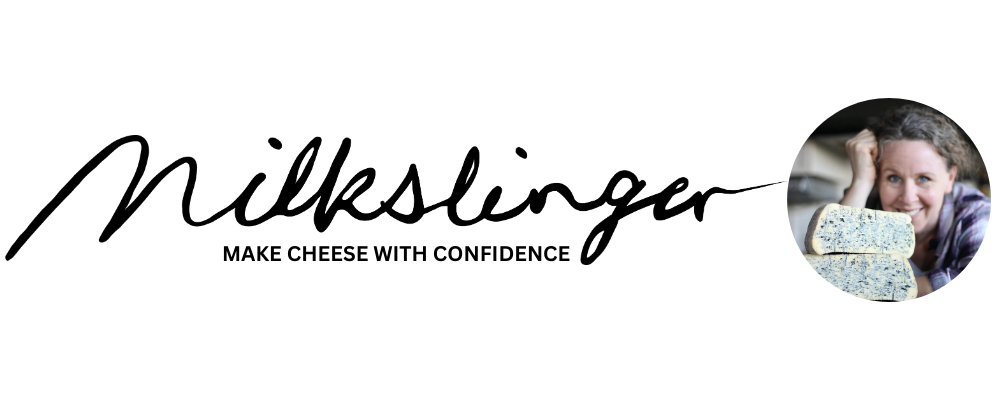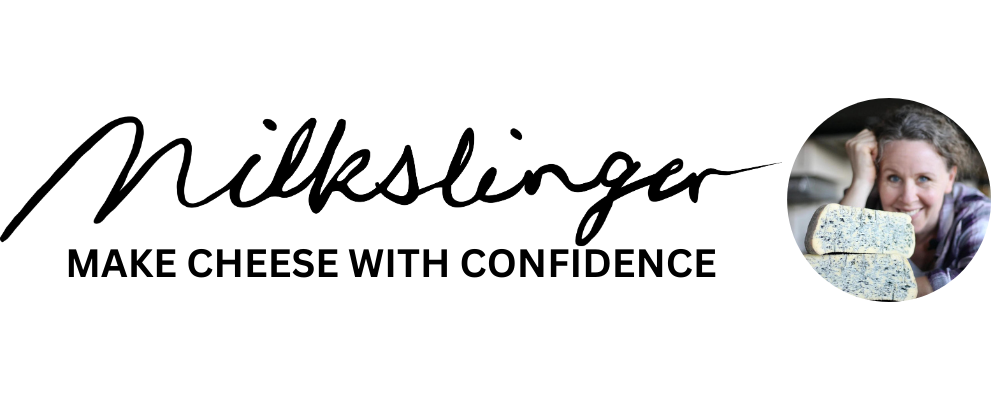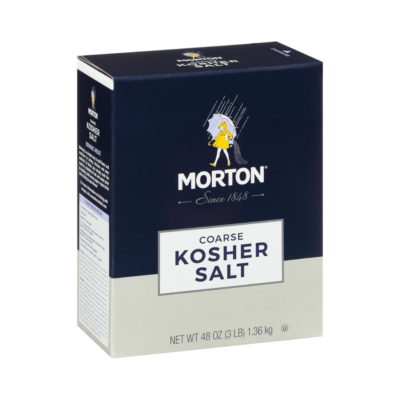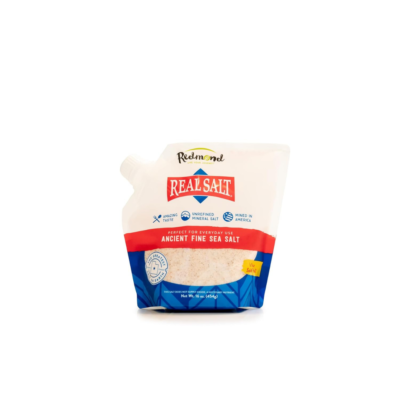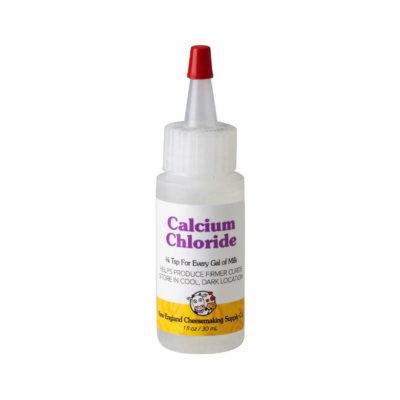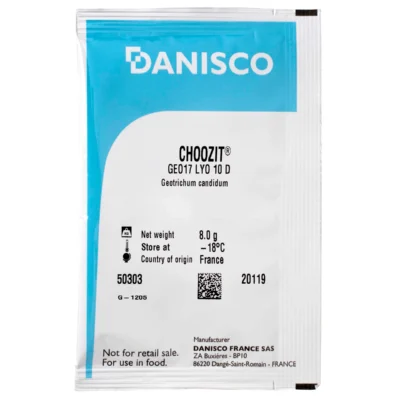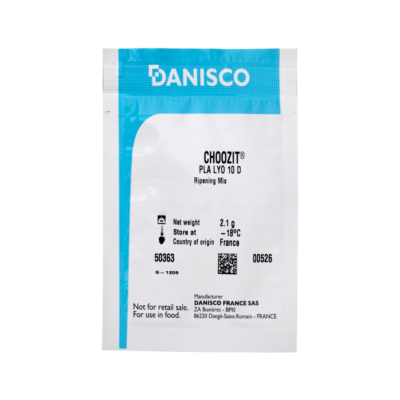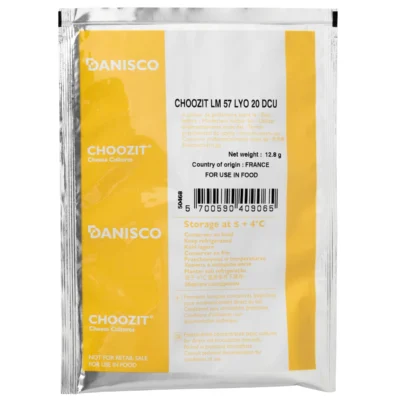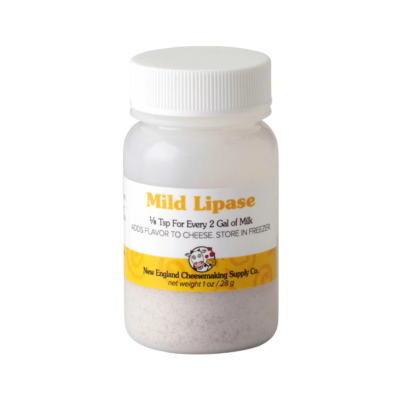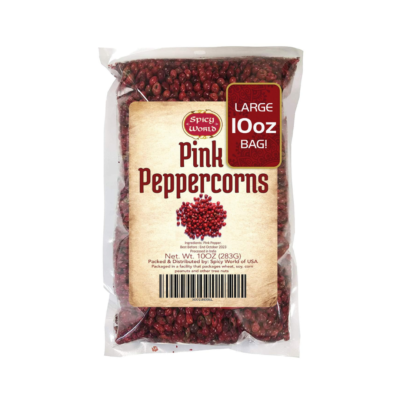-

My absolute FAVORITE yogurt culture for smooth, creamy, rich yogurt. It’s not cheap — nearly $70! — but stored in the freezer, one bottle will last years. One-fourth teaspoon cultures 3-4 gallons of milk; I’ve been make a new batch every few weeks for the last year or two and the bottle still isn’t empty. If you want to stretch it, you can always use yogurt from one batch to culture the next, skipping the freeze-dried culture entirely. Over time, the yogurt may become more sharp, or not set up as well, but then you just start a new batch from the freeze-dried culture and you’re good to go.
Pro-tip: this yogurt is an excellent culture for cheese. Use 1/4 cup of yogurt per gallon of milk.
-

Annatto is a natural product used to color cheeses yellow. A little goes a long way; for example, for my Colby cheese, I use about 1/2 teaspoon of annatto for 8 gallons of milk. Store it in the fridge.
-

This is the single-strength rennet that I use for all my cheeses, generally 1/8 teaspoon per gallon of milk. Store it in the fridge.
-

Someone gifted me a a bag of this salt, and I really like it. It’s finely ground (so good it leaves no gritty texture in butter), tastes delicious, and doesn’t discolor the cheese.
-

UPDATE 9/24: I recently learned that this salt has an anti-caking agent which may damage cheese. I have since switched to salts without an anti-caking agent (see other recommended products), but still: I have made lots of cheeses with this salt and haven’t noticed a problem. Maybe the presence of an anti-caking agents is as much of a problem as I thought? Still figuring this one out…
When making cheese, there is no need to buy fancy cheese salt. Instead, simply use coarse kosher salt. It’s non-iodized and much cheaper. (I get mine from Costco.)
-

This salt works well for making cheese, and it’s fine enough to dissolve into creamier dairy products like butter and cream cheese. This is a pricier salt, but there are bulk options available on Amazon.
Note: the salt has variations in color which may show up in the final product.
-

Make your own calcium chloride and save TONS money! Simply mix the pellets with water (follow correct recipe amounts and be careful — the liquid gets quite warm when mixing) and then refrigerate the solution. Chilled, it lasts for years. A one-pound bag of pellets will make more calcium chloride than you’ll probably ever need.
-

Calcium chloride adds more soluble calcium to the milk which allows the chymosin enzyme in the rennet to form a stronger matrix with the milk casein. It is highly recommended to use calcium chloride if making cheese with pasteurized milk, but it is not necessary with fresh, unprocessed milk. Note: it is easy and economical to make your own calcium chloride; the recipe is in the Milkslinger Store.
-

For Bries and Camemberts, and to be used in conjunction with B. linens for washed-rind cheeses.
-

My go-to for Penicillium Candidum. Love the stuff!
-

B. linens are added to the milk with the cultures or applied to the exterior of the cheese through multiple washings. They give a funky, dirty-sock smell to the cheese, but that flavor isn’t noticeable in the cheese paste itself — the cheese simply tastes rich, nuanced, and delicious. Some cheeses that (sometimes) use B. linens include Gruyère and Raclette, as well as Munster, Appenzellar, and Tete de Moine.
-

If I had to choose one freeze-dried culture to have on hand at all time, this would be it! Flora Danica can be used to culture a wide variety of cheeses and dairy products including Havarti, sour cream, Brie, blue, and Feta. One packet contains enough for a good number of cheeses. The culture looks like powdered milk and should be stored in the freezer.
-

This is a good mesophilic culture to use in cheeses such as Cheddar, Feta, and Chevre.
-

I use this adjunct starter culture in my Gouda Divino recipe for an add a more buttery flavor (because the recipe I followed said to). Full disclosure: The cheese with adjunct is definitely buttery and delicious, but I’m not sure it’s much different from clabber-cultured Goudas made without it.
-

Lipase is an enzyme that is often added to alpine-style cheeses to give them their characteristic “bite.” However, I’ve found that it gives aged cheeses an after-vomiting taste; I no longer use lipase for aged cheeses. That said, lipase is a good addition to fresh cheeses like mozzarella. The lipase gives them a slight flavor boost. You can’t detect the lipase flavor; the cheese is just a little more flavorful.
-

These are the pink peppercorns that I used in my Gouda. They have floral notes, as well as a bit of a peppery bite. Pink peppercorns are typically used in creamy desserts, such as in cakes, ice creams, and brûlée, so I thought it might be nice in a cheese . . . and it is!
